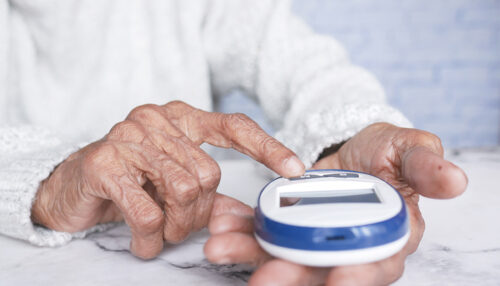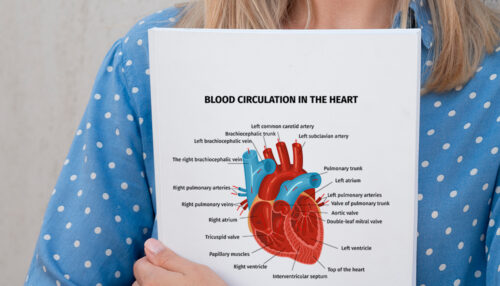
The presented report describes a 52-year-old woman suffering from type 2 diabetes mellitus and peripheral neuropathy. The patient complained of sleep disturbances, pain and tingling in the feet, and constant stress related to the fear of falling during everyday walking. Since the treatment used did not help significantly, scientists from the University of Medical Sciences […]










